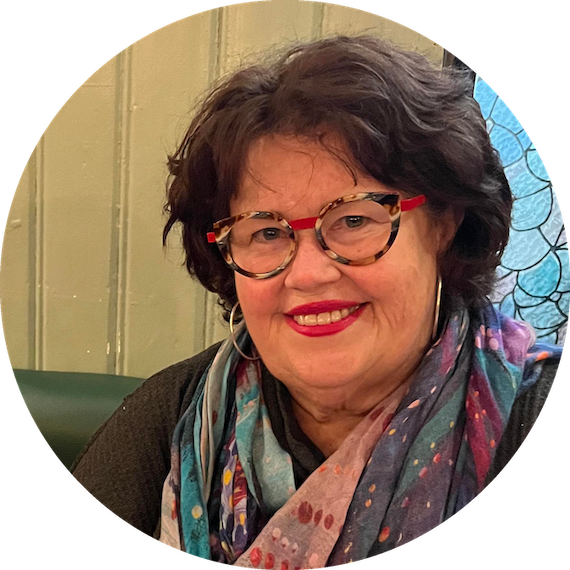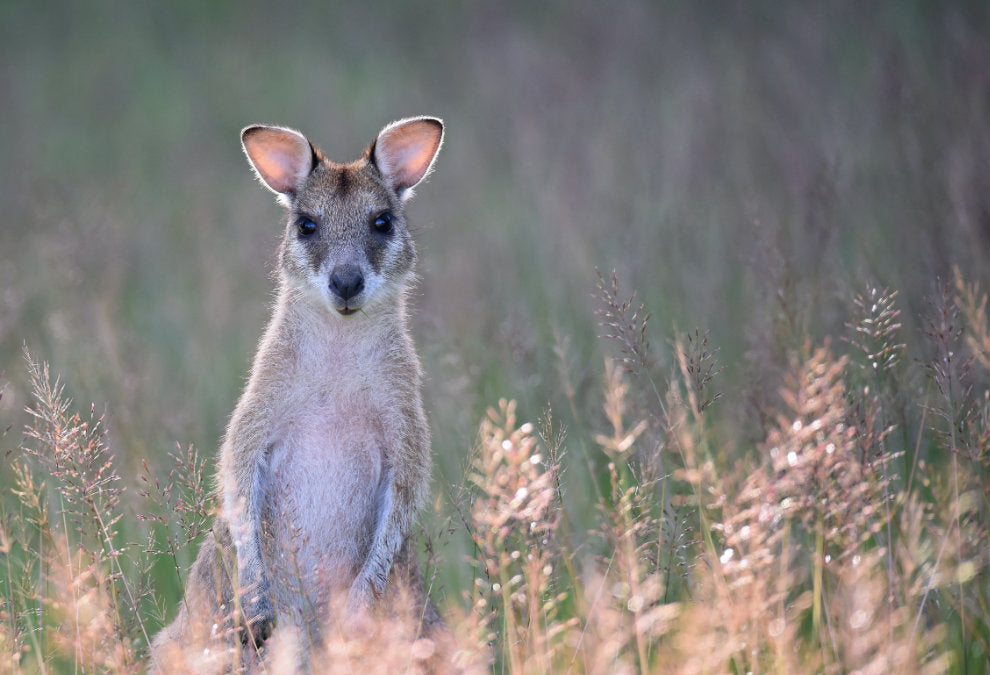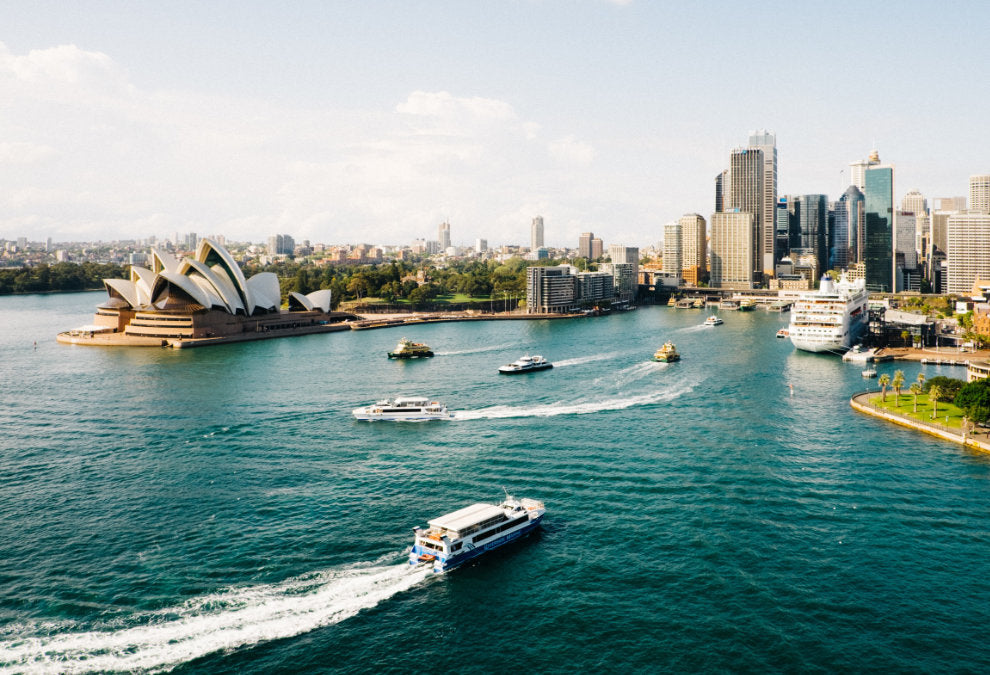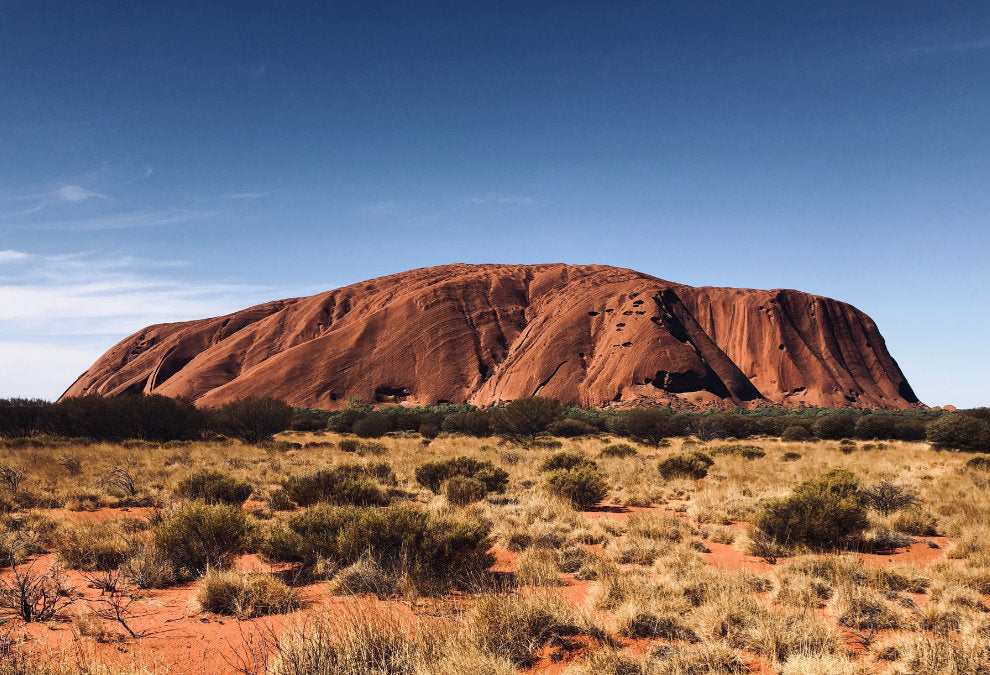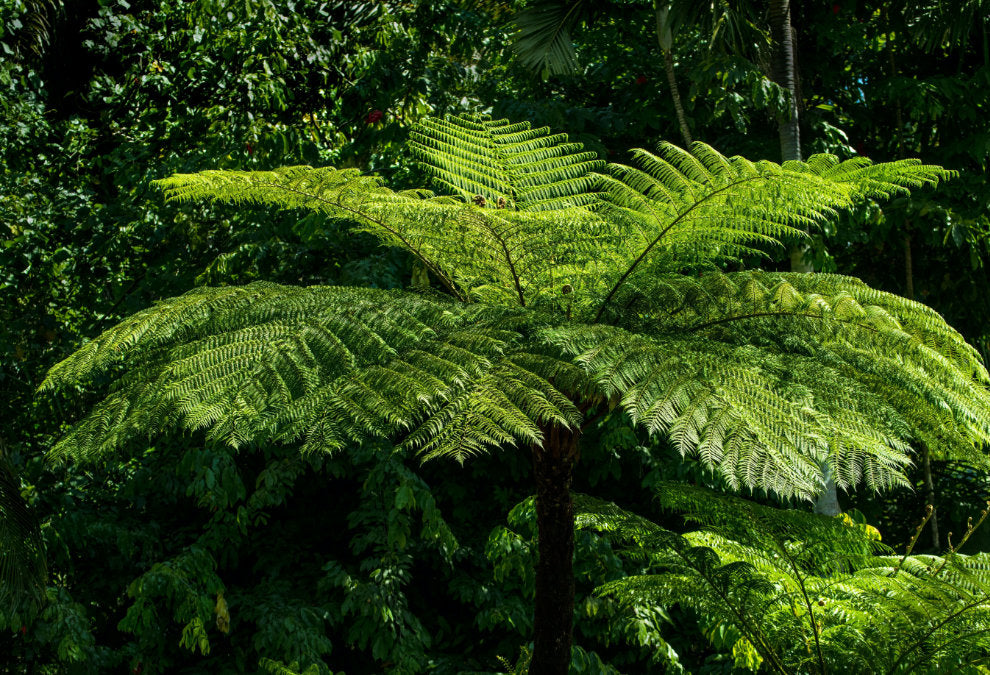
Kakadu: A Living Cultural Landscape
Welcome to the third instalment in our series exploring places across Australia that hold great significance for their Traditional Owners who have maintained an unbroken physical, spiritual and cultural bond with their ancestral homelands.
Following our previous articles about Chooreechillum (Mount Bartle Frere) and K’gari (Fraser Island), today, we explore Kakadu, a place of profound cultural and ecological importance.
Spanning nearly 20,000 square kilometres in the Northern Territory, Kakadu is not only a World Heritage-listed site but also the ancestral homeland of the Bininj/Mungguy Aboriginal people who have lived there for over 60,000 years.
Kakadu remains one of the oldest continuous cultural landscapes on Earth, preserving sacred traditions, breathtaking rock art and a diverse natural environment that has sustained its Traditional Owners for millennia.
The Traditional Owners of Kakadu
The Traditional Owners of Kakadu are the Bininj/Mungguy people, who belong to several Aboriginal clans, each with deep connections to specific areas of the park. Their spiritual, cultural and economic lives are intertwined with the land, which is home to sacred sites, hunting grounds and Dreaming stories that have been passed down through generations.
Many Bininj/Mungguy people continue to live within and around Kakadu, maintaining their cultural traditions while adapting to contemporary life. The communities of Jabiru, Gunbalanya and other surrounding areas remain central to their existence. The return of land to its Traditional Owners through joint management agreements has allowed Aboriginal people to play a leading role in the park’s conservation and tourism sectors.
Notable figures from the region include Big Bill Neidjie, a senior traditional owner and respected Elder known for his pivotal role in advocating for Kakadu’s World Heritage status and Indigenous land rights. His book, Kakadu Man, remains an important account of Aboriginal spirituality and environmental stewardship. Other Elders and community leaders continue his legacy, working to ensure that Indigenous knowledge and perspectives are respected in park management.

Ancient Rock Art at Kakadu
The Spiritual Beliefs of the Bininj/Mungguy People
The spiritual beliefs of the Bininj/Mungguy people are deeply tied to the land, embodied in the concept of Dreaming (Kunborrk or Dreamtime stories). These stories explain the creation of the landscape and guide cultural laws, responsibilities and customs. Ancestral beings such as Namarrkon, the Lightning Man and Ginga, the Crocodile Spirit, are revered figures in Bininj/Mungguy mythology, depicted in the region’s ancient rock art and continuing to influence modern cultural practices.
Sacred sites across Kakadu, including Ubirr, Nourlangie and Nanguluwurr, hold profound spiritual significance. Some locations are restricted to certain groups or genders due to their sacred nature, with knowledge carefully passed down through initiation ceremonies and storytelling.
The land itself is considered a living entity, with every rock, tree and river holding spiritual meaning. Caring for Country is not just a duty but a fundamental part of Indigenous identity, ensuring that the spirits of the land remain strong and in balance.
A World Heritage Treasure
Kakadu was inscribed on the UNESCO World Heritage List in 1981 for both its cultural and natural values. The park’s stunning scenery includes wetlands, rivers, floodplains, sandstone escarpments and monsoon forests, creating a habitat for thousands of species of plants, birds and animals, many of which are found nowhere else on the planet.
Culturally, Kakadu is home to some of the world’s most important Aboriginal rock art galleries, with well-preserved sites at Ubirr, Nourlangie and Nanguluwurr. These galleries provide a visual record of Indigenous history, depicting ancient hunting scenes, spiritual beings and early encounters with European explorers. The paintings at these sites tell stories passed down through generations, reflecting the deep connection between the Bininj/Mungguy people and their land.

Jim Jim Falls, Kakadu
The Impact of Colonisation
Despite its enduring cultural significance, Kakadu’s Traditional Owners have faced significant challenges since British colonisation. The first incursions onto the Bininj/Mungguy homelands in the 19th century disrupted traditional ways of life, introducing diseases, displacement and violent conflicts that decimated the Aboriginal populations.
Entire communities were forcibly removed from their lands, severing their spiritual and physical connection to Country. The loss of life was devastating, as massacres and the spread of introduced diseases led to the near-eradication of some groups.
The forced removals also resulted in the erosion of language, knowledge systems and traditional customs. As people were relocated to missions and settlements, children were taken from their families as part of government assimilation policies, leading to the loss of languages, ceremonial practices and oral histories.
The destruction of sacred sites and hunting grounds further compounded the cultural devastation, leaving generations of Aboriginal people disconnected from their ancestral heritage.
However, in recent decades, there has been a resurgence in Indigenous-led conservation efforts. The park is now co-managed by Parks Australia and the Traditional Owners, ensuring that cultural knowledge and environmental stewardship remain central to its management.
Threats from Development and Mining
One of the greatest threats to Kakadu has been mining and industrial development. The discovery of uranium deposits in the region led to large-scale mining operations, most notably at Rio Tinto's majority-owned Energy Resources of Australia Ltd (ERA) Ranger Uranium Mine, which operated from 1980 to 2021.
The mine caused serious environmental concerns, including contamination risks to Kakadu’s delicate waterways and ecosystems. The mine’s closure has led to ongoing rehabilitation efforts, but fears remain about the long-term impact of mining on the park’s environment.
Additionally, feral water buffalo that were introduced into the Kakadu region in the 19th century have had major impacts on the biophysical environment. Overgrazing and trampling have resulted in a reduction of vegetation biomass, in some areas the complete removal of vegetation and changes in species composition.
Currently, proposed developments such as tourism infrastructure and agricultural expansion pose challenges for preserving Kakadu’s pristine landscape. Balancing the need for economic growth with the protection of its cultural and natural heritage remains a crucial issue.

Uranium mine in Kakadu National Park
Protecting Kakadu’s Future
The continued recognition and protection of Kakadu National Park is essential not only for its biodiversity but also for its spiritual and cultural significance to its Traditional Owners, the Bininj/Mungguy Aboriginal people.
Aboriginal ranger programs, cultural tours and sustainable tourism initiatives are helping to educate visitors about the park’s deep history while ensuring that it remains preserved for future generations.
As one of the world’s most remarkable Indigenous cultural sites, Kakadu stands as a testament to the resilience and enduring connection of its Traditional Owners to their land. Its protection is a shared responsibility, ensuring that its landscapes, stories and sacred sites continue to thrive in the face of modern challenges.

A Meandering River Separates Kakadu and Arnhem Land






